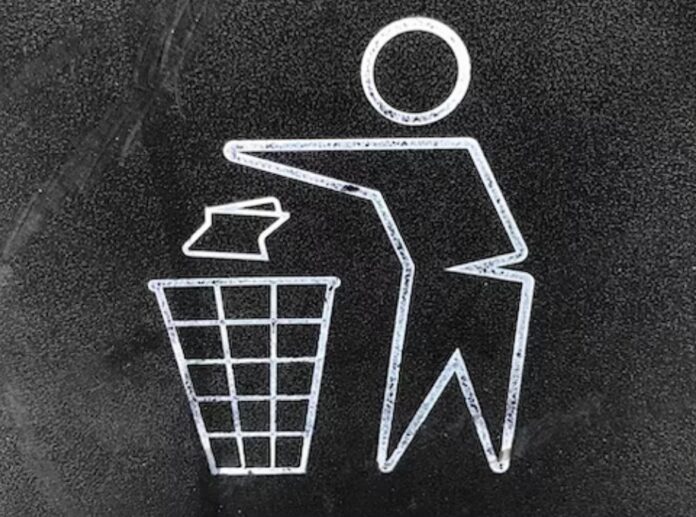We all face hazardous waste at one point in our lives. Despite the field of work, hazardous materials are often an inescapable part of life – whether you’re dealing with medical supplies, cars, or just everyday items. While it may be tempting to just throw these products into the trash, there are safety hazards associated with improper disposal that could potentially endanger the environment and your own health. There are potential risks associated with the improper disposal of hazardous materials. Keep reading to know how to safely get rid of them.
Hazardous Materials
When it comes to tackling the problem of hazardous materials, proper identification and disposal are key. While most individuals know to discard items like batteries, pesticides, and paint cans with care, some materials may be harder to identify as hazardous.
Household cleaning agents, aerosol sprays, motor fluids, and used oil as well as pharmaceuticals, syringes, and other medical items – are all types of products that need to be handled with caution.
Local Regulations
In order to ensure the safety of your community, it is essential to research the local regulations for the proper disposal of these materials. It is essential to understand which waste disposal options are available and what steps must be taken to properly manage hazardous waste, such as collecting and labeling containers and following recommended transportation guidelines. Whether you are responsible for handling hazardous waste on a large scale or simply disposing of smaller quantities from your home, making sure that you know about your local regulations can help keep everyone in your area safe.
Dangers
Improper disposal of hazardous materials presents a major environmental concern, putting our planet and its inhabitants at risk. The consequences of failing to safely store and dispose of potentially dangerous substances can range from contaminating water supplies and polluting the air by releasing toxic chemicals into the atmosphere, to even creating physical hazards like forest fires when not disposed of in accordance with safety regulations.
Taking the necessary steps to properly discard hazardous waste is critical, especially since these materials take longer than other waste materials to break down. Therefore, it is up to us as citizens to diligently understand what hazardous materials are in our homes and dispose of them responsibly. Only through careful planning and execution can we prevent devastating risks to our planet’s resources.
Containers
Having the right containers can ensure that your hazardous materials are stored safely, cutting down on accidents and leaks. Containers should be sturdy, chemical-resistant, closed tightly, and ideally labeled with what is inside. Depending on the material and its concentration level, you may need special containers or double-container systems. It is important to make sure that the containers you use are designed specifically for transporting chemicals, such as drums or safety cans that are sealed to prevent spills. Finally, when it’s time to dispose of hazardous materials do so at an approved waste disposal site.
Disposal Methods
Proper disposal of hazardous materials is an important part of preserving our environment and ensuring public safety. Hazardous waste can be treated by:
- Chemical: Chemical methods include ion exchange, precipitation, oxidation and reduction, and neutralization.
- Thermal: High-temperature incineration, which not only can detoxify certain organic wastes but also can destroy them. Hazardous-waste incineration poses the risk of significantly degrading air quality, presenting a significant environmental hazard.
- Biological: An effective method of biologically treating hazardous waste is known as landfarming. In this technique, the harmful material is mixed delicately with topsoil in a designated plot of land.
- Physical methods: Evaporation, sedimentation, floatation, and filtration are some of the physical processes that can be applied to waste management. But solidification is another great option – it involves encapsulating pollutants within concrete, asphalt, or plastic for safekeeping.
Recycling
The EPA has created hazardous waste recycling regulations to encourage the safe reuse of materials that are beneficial for human health and our planet. When a substance is used, reused, or reclaimed again, it is considered recycled. Through hazardous waste reuse, recycling, and reclamation processes, we can help protect the environment from potential hazards, and preserve our limited natural resources over time by reducing the consumption of raw materials and energy sources. In addition to benefiting nature and conserving its precious elements in a sustainable way – this also brings economic advantages!
USA Waste
The United States of America is home to a vast array of hazardous materials, with some estimates placing the amount at over 1.6 billion tons annually. Toxic air emissions, residues from industrial processes, and materials generated at construction sites are just a few of the sources contributing to this staggering figure.
The most common hazardous waste in the US includes solvents, oils, paints and coatings, chemicals, and toxic metals – all of which require special handling as they can be hazardous to human health.
To conclude, hazardous materials should always be handled with extreme caution. Proper storage, disposal, and recycling of hazardous materials can help protect our environment from potential risks and keep everyone in your area safe. By following the necessary safety protocols we can ensure that hazardous waste is managed in a responsible way, so that future generations may live in a healthier world.










